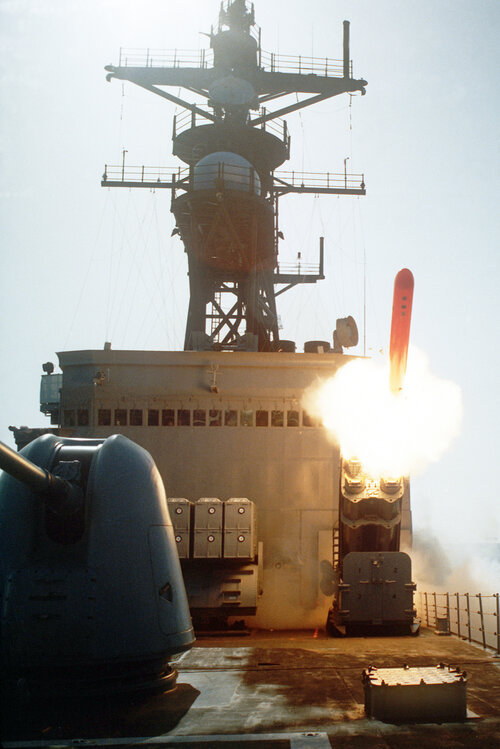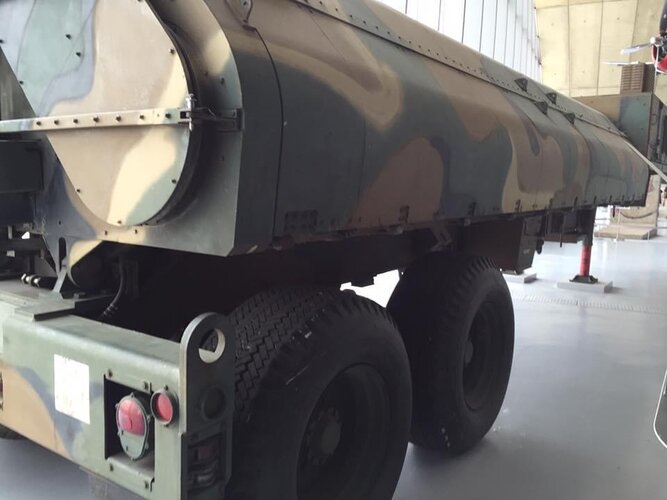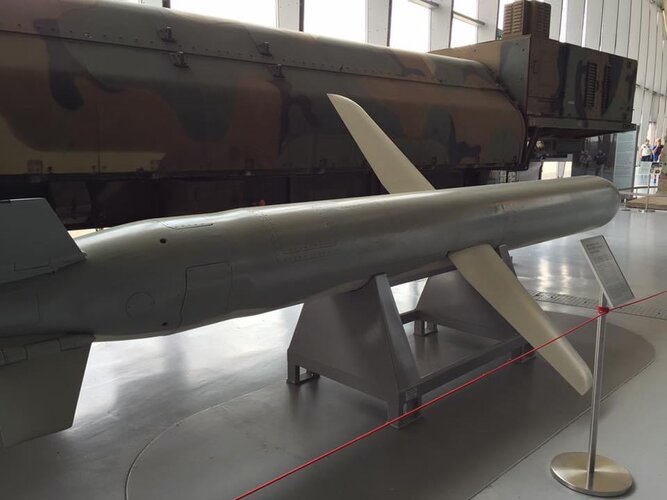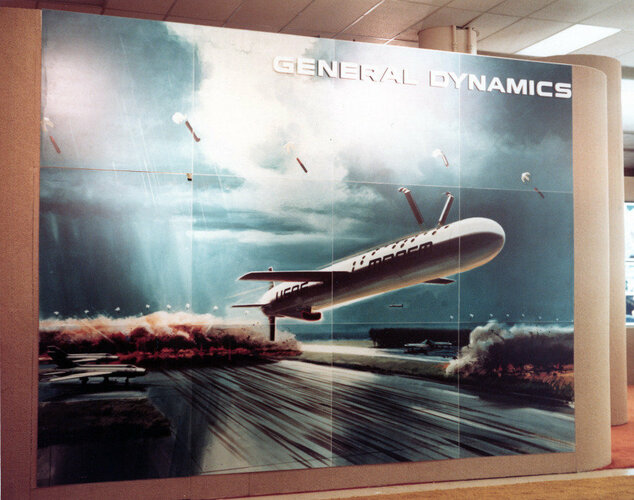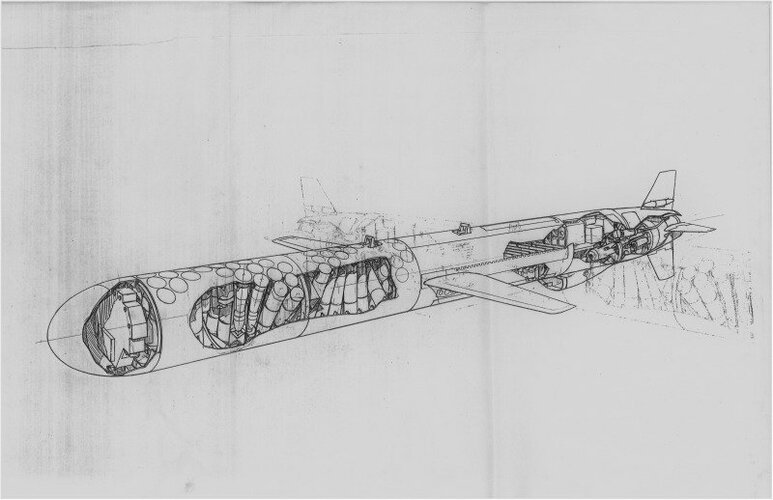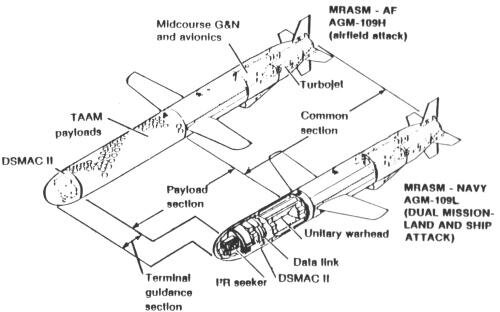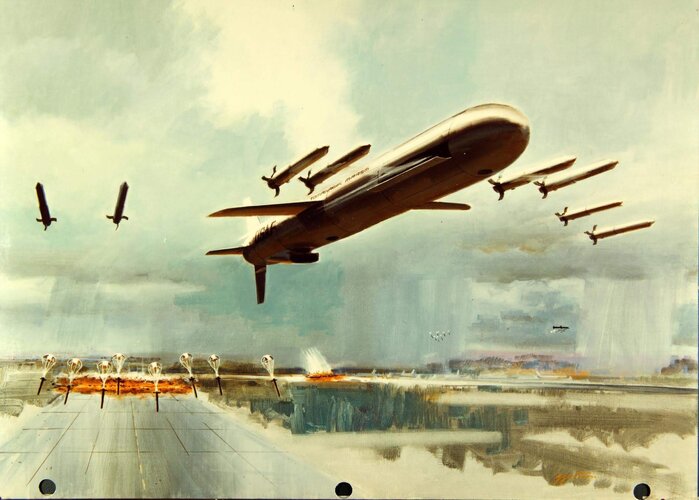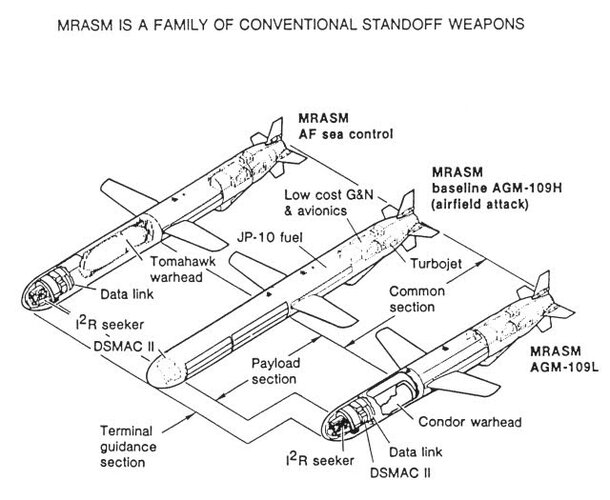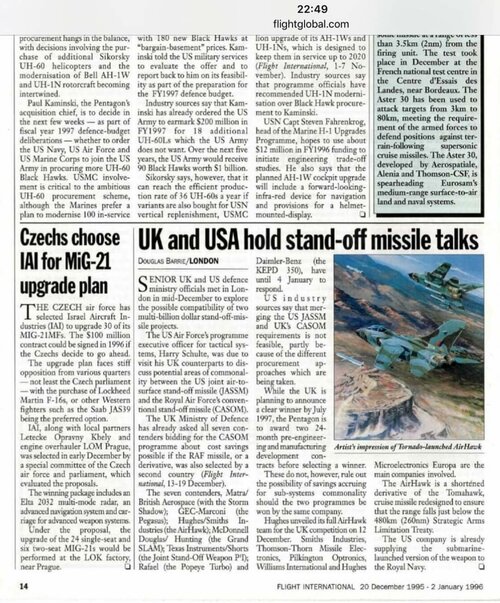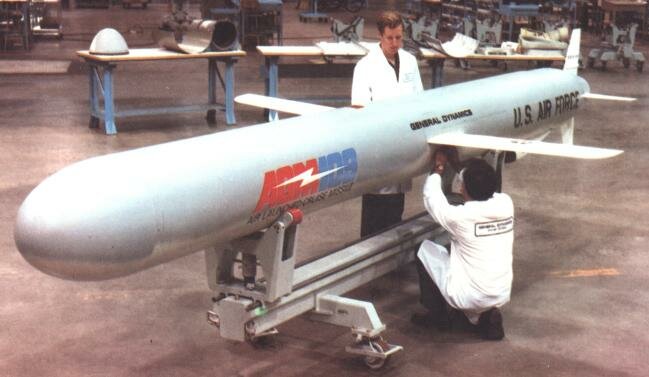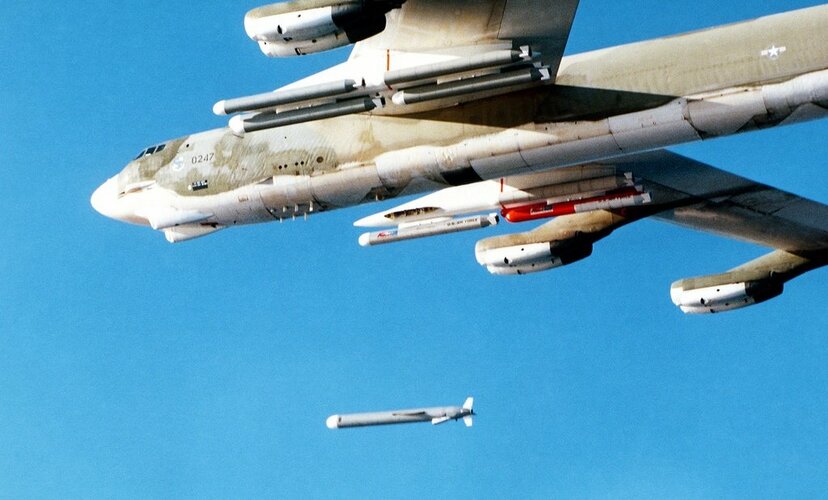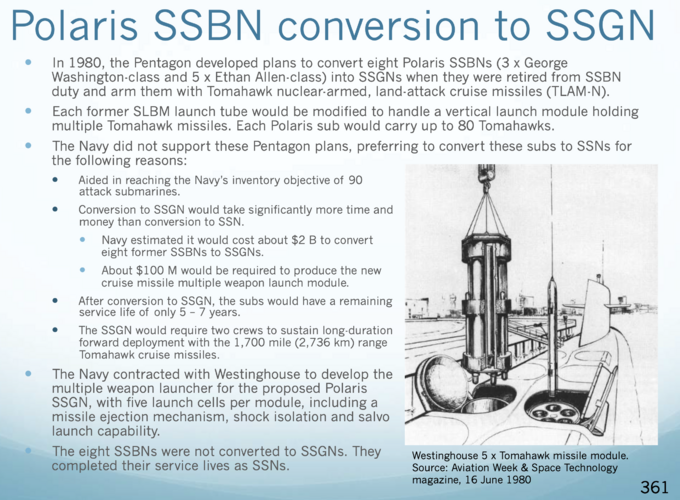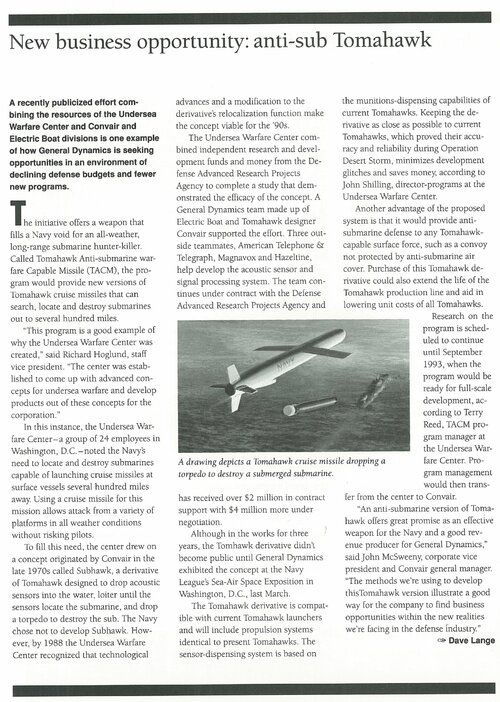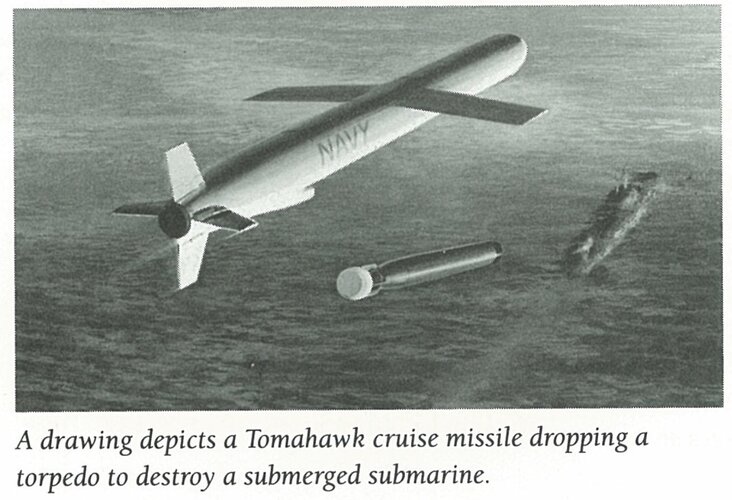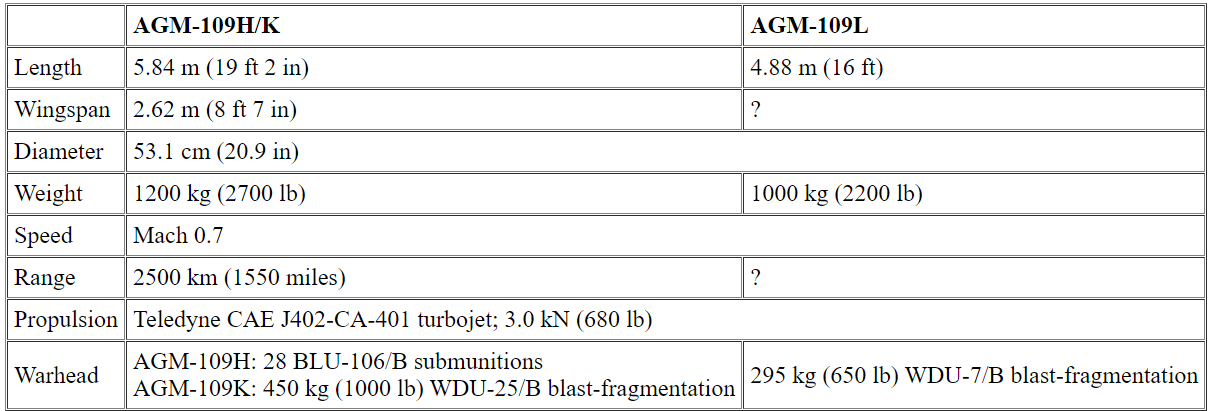- Joined
- 16 April 2008
- Messages
- 9,601
- Reaction score
- 14,474
That last painting implies a 4-round or 6-round container-launcher added to the forecastle of a Tico. Is that just purely notional work by the artist or something actually considered.
(A month or so ago I had a chat with a guy on another forum whether two ABLs would fit on a Kidd like the Spurance refit layout, but we agreed it looked like the ABL wouldn't fit and allow proper clearance with the Mk 26 launcher.)
Before ABL, there was a proposed non-armored launcher that looked like an upscaled Mk 141 for Harpoon (also seen in the Long Beach painting). I suspect that was what the artist was sketching on Tico. It would be a bit narrower than the ABL, since it would lack the armored sides and elevating hardware, so maybe? What's really odd is that it looks like it might be drawn as partially recessed into the deck between the Mk26 launcher and the Mk 45 gun. I'm pretty sure that would not have worked.
Last edited:

